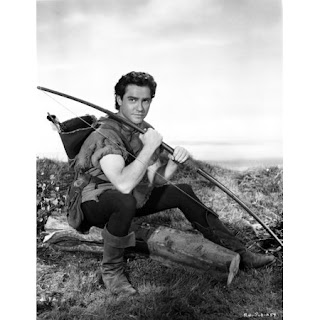 |
| Image courtesy tardis.fandom.com |
 |
| Image courtesy ww2.gravestone.com |
Richard joined the British Army as a commissioned officer in early 1941 as part of the King’s Own Yorkshire Light Infantry. He later became part of the 7th Light Infantry Parachute Battalion and was among the first British soldiers to land in Normandy on June 6, 1944 as part of Operation Tonga during the D-Day campaign. He was part of the battalion that met John Howard on the Pegasus Bridge near Caen and repulsed several German attempts to retake it. He managed to survive the liberation of France and was honorably discharged in 1946
.
 |
| Image courtesy imdb.com |
 |
| Image copyright Disney |
 |
| Image copyright Disney |
The end of Richard’s life was marred by personal tragedies, when not one but two of his sons (he had five children by three different mothers) committed suicide, Seumas in 1997 and Peter in 2005. He rarely spoke of either incident but both made him think of his mother’s end and how his career ended up with terrible book ends. Richard passed away himself on December 3, 2009 and was buried between his two sons, in a gravesite he’d regularly visited over the last several years. He was 90.
No comments:
Post a Comment